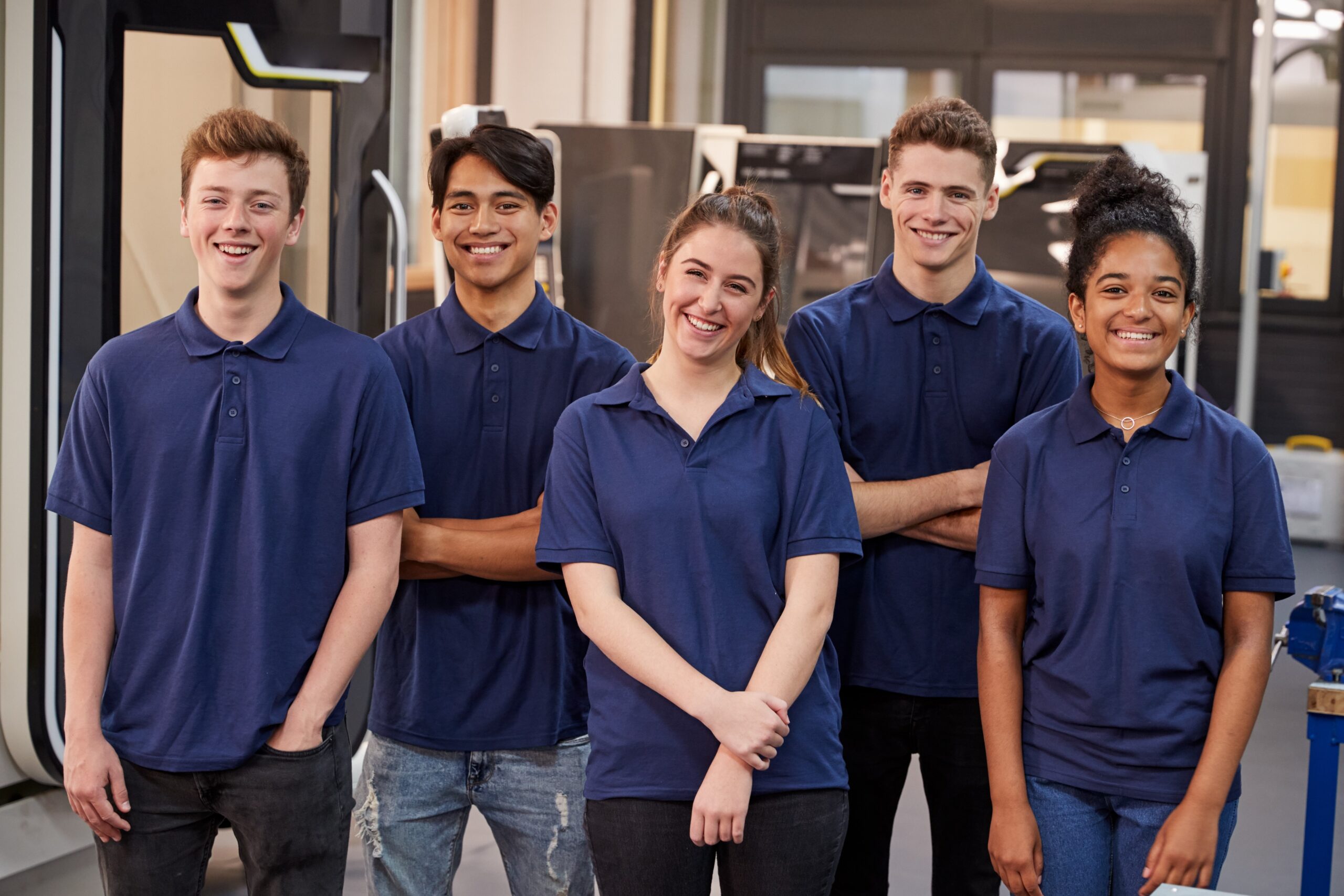How comms can encourage early career development plans at work
Creating and communicating a learning and development program for young employees has multiple benefits.

As companies grapple with learning how best to boost employee retention, one tactic often goes unnoticed: learning and development. A recent LinkedIn Learning blog post notes that L&D can drive employee engagement, which then leads to higher retention rates. And the first step in a comprehensive L&D program is an early career development initiative.
Early-career development programs are meant to introduce young and early-career employees to potential professional trajectories within the organization. Companies like Adobe, AmeriCorps, Chevron and Legrand all have in-house early career development programs.
Adobe offers its young employees Accelerate Adobe Life, “a series of sessions on the organization’s practices (such as regular check-ins, an ongoing alternative to the annual performance review) and training programs.”
Adobe Executive Vice President of Customer and Employee Experience Donna Morris told Forbes that the program fosters a culture of learning.
“We encourage an environment where individuals can seek out opportunities,” she said. “Learning is lifelong.”
Comms pros’ role in early-career dev programs
As with most internal employee programs, early-career development initiatives can be considered a perk that’s crucial to your organization’s employer branding. Thus, it’s in your best interest to collaborate with your PR and external comms colleagues on messaging around your company’s early career dev program.
At Legrand, for instance, the company hosts detailed descriptions of its early-career dev programs (five in total) on its website.
“At Legrand North and Central America (LNCA), our commitment to innovation begins with fostering new talent who share the same curiosity and purpose that drive everything we do,” the website states. “Our Early in Career Development Programs offer recent college graduates real-world and hands-on experiences.”
Each section includes quotes from young employees who have participated in the programs.
“My experience gave me a much stronger understanding of what goes into being a product manager and how everything affects another, short and long term,” one participant said.
Comms pros can take the lead on soliciting this copy from active and happy employees. Create surveys to take the pulse of young employees about how they feel about their programs and determine who your ambassadors are, then use their positive responses to promote the organization (work with PR and web design) and use negative responses to make internal improvements (work with HR and the C-suite) — a win-win.
When designing your early-career dev program, be sure to consult with leaders in each business function to determine what skills and competencies they believe should be included in the program. It’s a good way for communicators to learn more about what their colleagues prioritize while also setting young employees up for success.
How to bolster early-career development programs
Early career-dev programs aren’t just a chance for learning and development — they’re also a great opportunity for organizations to engage employees and nurture a sense of belonging.
At Chief, a membership organization for mid- to high-level female professionals, the organization’s Early Career Development Employee Resource Group (ERG) was organized by three early-career women.
“It was a self-organized idea,” Chief Head of HR Kendra Mitchell told WorkLife. “The thinking was they’re all early in their career in different parts of the business. There is something powerful about coming together as a community, learning together and talking about the issues they’re all experiencing no matter what part of the company they’re in.”
But comms pros don’t have to wait for employees to take the initiative. Appeal to your C-suite by pointing to other company ERGs and extolling the benefits of learning and development programs to your organization. An early-career dev ERG can be a place where young employees can talk not only about your company specifically but also about topics like work-life balance, professional conduct or even pop culture (ERGs can be fun!).
Ensuring that employees feel included who entered the workforce during the pandemic or other civil and political crises feel included and understood can lead to long-term job satisfaction, while failing to do so can result in high turnover rates.
Communicators can help ensure the success of early-career ERGs by creating initiatives and plans that help promote engagement and participation, like virtual and in-person group activities or volunteering opportunities. One industry pro suggests breaking large workforces into smaller groups or regional hubs to encourage increased participation.
Once the activities or volunteering are finished, you can use those results to promote the ERG on internal channels: Share photos from events or screenshots from virtual meetings on your team’s intranet, which could start a fun discussion and encourage other young employees to join the ERG.
Ultimately, an early-career development program is good not only for your young employees, but for your organization as a whole.
Comms pros, does your company have an early-career learning and development program? How prominent of a role do you play in its function? Let us know on Twitter @RaganComms.







